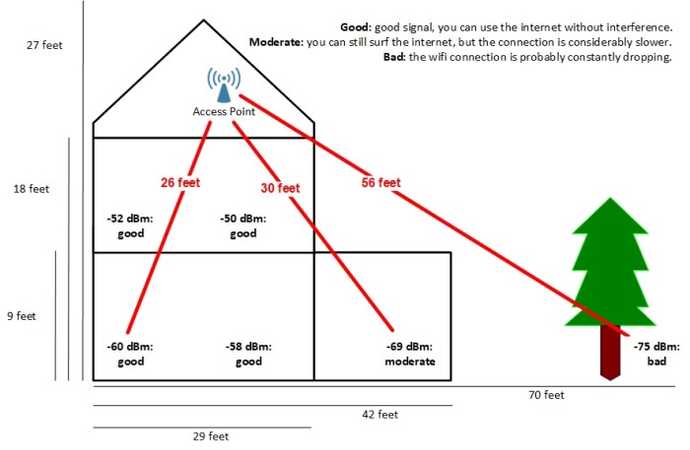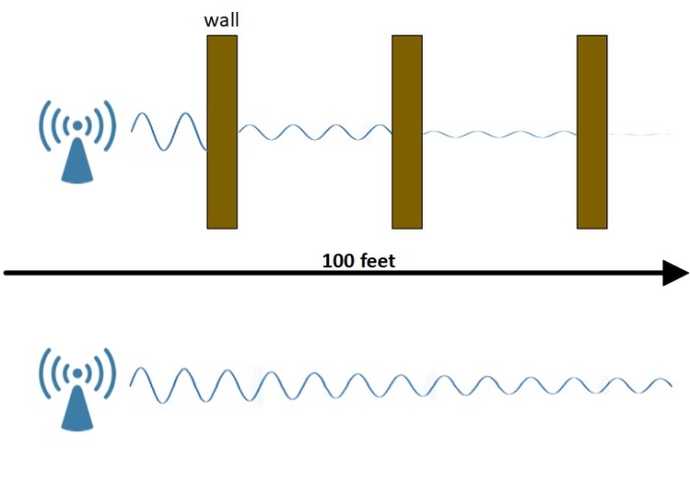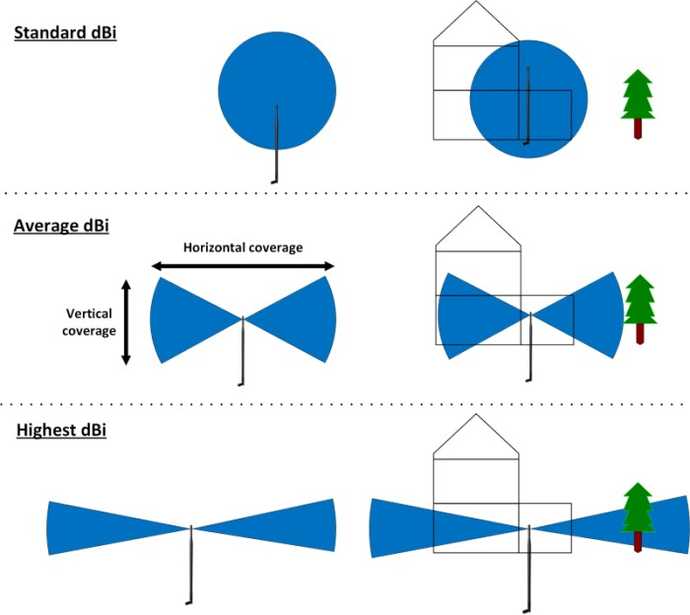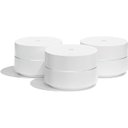Range of wifi network
The range of a wifi network is often difficult to estimate. What exactly do you need to expand your wifi range? Will an extra wifi router or extender provide enough range? This page contains all the information to answer these questions.
Wifi range can be optimized at any location. For example, you can use a better antenna and the best wifi channel to get the most range from your wifi network. With these simple measures, the wifi can be significantly improved. Also watch out for jammers in your house that reduce the wifi range.
Range of wifi router
Almost every household has a wireless network which is broadcasted by a wifi router. You usually got this wifi router from your internet provider.
The range of a wifi router is often not sufficient. Therefore, you might consider buying another wifi router with a long range. But how much range does wifi normally have?
Indoors, the range of a wifi router is on average up to 27 feet (about 8 meters). A wifi signal has more range outdoors, due to less obstacles. As your distance to the router increases, the signal strength decreases. Eventually the connection will be lost.

The image above shows a test measurement of a house that was built in the 1970s. The distance from the WiFi router in the attic was measured at various places. On average, the wifi is good enough at a distance of 27 feet. This house has wooden floors.
It is likely that the wifi signal does not reach 27 feet in newer houses. This may be due to the material used in the floors and walls. A reinforced concrete floor blocks the wifi signal much more than a floor made of wood. That's because reinforced concrete is full of metal, which partially blocks the signal. That is why you have less wifi range in a new-build home.
The range in meters of a wifi router therefore strongly depends on the environment. Is there nothing between you and the router? Then you can easily have good wifi at a distance of 30 meters (about 99 feet). In an older house with wooden floors, you have a good wifi range on average up to 8 meters. In new construction, this distance is often around 5 meters (about 17 feet).
See how you can sometimes extend the wifi range for free.
Extend wifi range
There are several solutions available to extend your wifi range.
Om het wifi bereik uit te breiden zijn er verschillende oplossingen beschikbaar. Check out these solutions to increase wifi range:
What limits the wifi range?
Various causes can affect your wifi range. Here are the most common causes that limit the range.
Obstacles
Everything between you and the access point reduces the range of the wifi signal. The material is important here. Is the obstacle made of a metal? Then the range will decrease considerably. On average, floors and walls reduce the wifi range by 5 to 10% (3 to 6 dBm).
Interference
Wifi networks operate on a certain frequency. This frequency is also called the channel. Are there many wifi networks in your area using the same or overlapping channel? Then you suffer from interference. This significantly reduces the wifi range. With a lot of interference you need a better signal than usual.
Find out how to detect interference and remove jammers.
Other devices that work on the same frequency as wifi can also cause interference. For example:
Ook andere apparaten kunnen voor storing zorgen. Denk onder andere aan:
- motion sensors (e.g. alarm system)
- microwave (which is in use)
- wireless devices, such as: headphones, camera, (game) controller, wireless phone, wireless doorbell, baby monitor, etc.
Humidity
Wifi can of course also be used outside or in the bathroom. Moisture (such as rain, fog, etc.) reduces the wifi range. The signal is reflected in all directions by the water droplets. This can make the wifi signal useless.
Measure wifi signal range
You can easily measure the wifi range with an app such as the WiFi Analyzer. Download free applications for:
Find out how to scan, measure and improve wifi.
More range with 2.4 GHz than 5 GHz
The 2.4 GHz frequency has more range. This is because lower frequencies pass through buildings more easily. The 2.4 GHz band therefore passes better through the walls and floors of your house than when you use the 5 GHz frequency.
In practice it is often much busier on the 2.4 GHz frequency. That's because there are fewer channels available on the 2.4 GHz band, and almost all wireless devices operate on that frequency.
If other WiFi networks (or wireless devices) are on the same frequency as your access point, you will experience interference. As a result, the range is reduced. With the 5 GHz you hardly ever have this problem, because this band has much more space available.
On average, the 5 GHz WiFi signal is 15% less strong than the 2.4 GHz at the same distance. This could be just the signal strength you are missing, for example for the attic.
The wifi channel can also affect the range. A bonded channel ensures that the signal comes less far. So in terms of range, it is better to use the smallest (default) channel width.
In addition, a less crowded channel can sometimes significantly increase the range. Check out the best wifi channel in your area.
Maximum range outdoor vs indoor
Wifi has much more range outdoors. Indoors, the wifi signal suffers from obstacles such as walls and floors. This is at the expense of the quality of the signal. That is why indoors you get a good range up to an average of 8 meters (about 27 feet).

Outside there are fewer obstacles, making the wifi range easily reach 40 meters. In addition, outside is a perfect place to use an antenna with a higher dBi value. With this special antenna, the range can be up to 70 meters. Try to place the antenna at a high place for the best result, because the wifi signal always draws to the ground.
Antennas with different range
The range of a wifi antenna differs per type. A directional antenna has a further range than a standard omni antenna. That's because the directional antenna directs all energy in one direction, instead of all directions.
In addition, wifi antennas have a dBi value. This value indicates the extent to which the antenna focuses in one direction. A higher value means that the range will increase horizontally and decrease vertically. Check out the image below.

Antennas with a higher dBi value are therefore especially useful for increasing the wifi range on a single floor. For example, in an apartment it is not necessary to send the wifi signal to the upstairs and downstairs neighbors. By using an antenna with a higher dBi value, you only aim the wifi signal at your floor, which increases the range. Another place where an antenna with a higher dBi can be used is outside.

